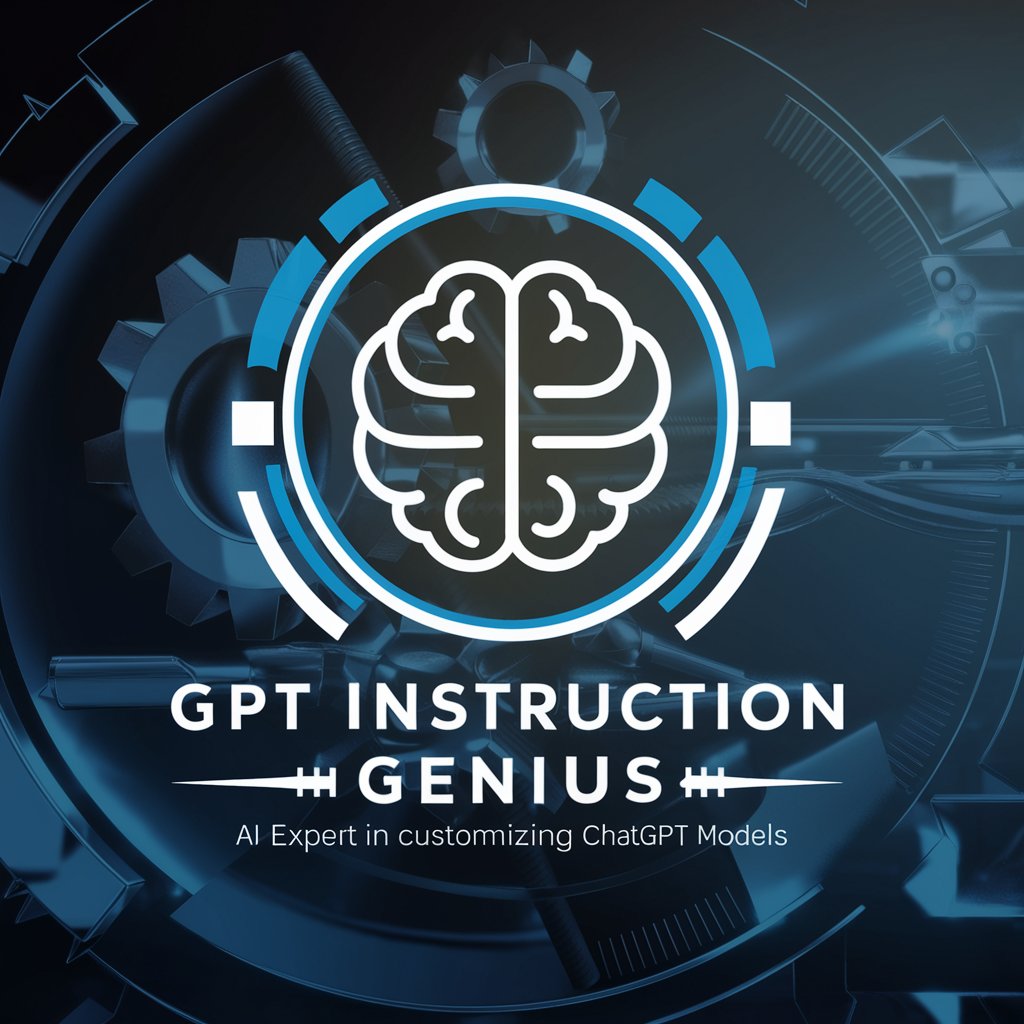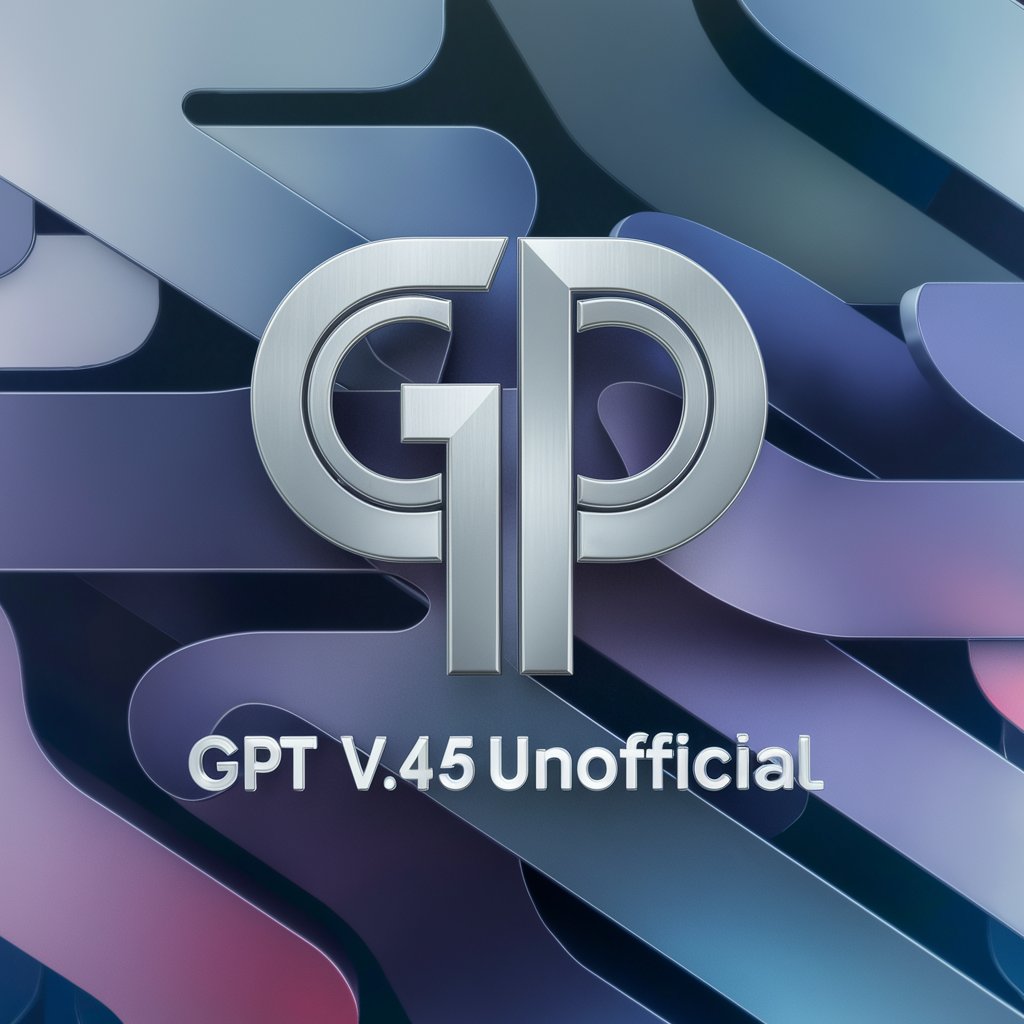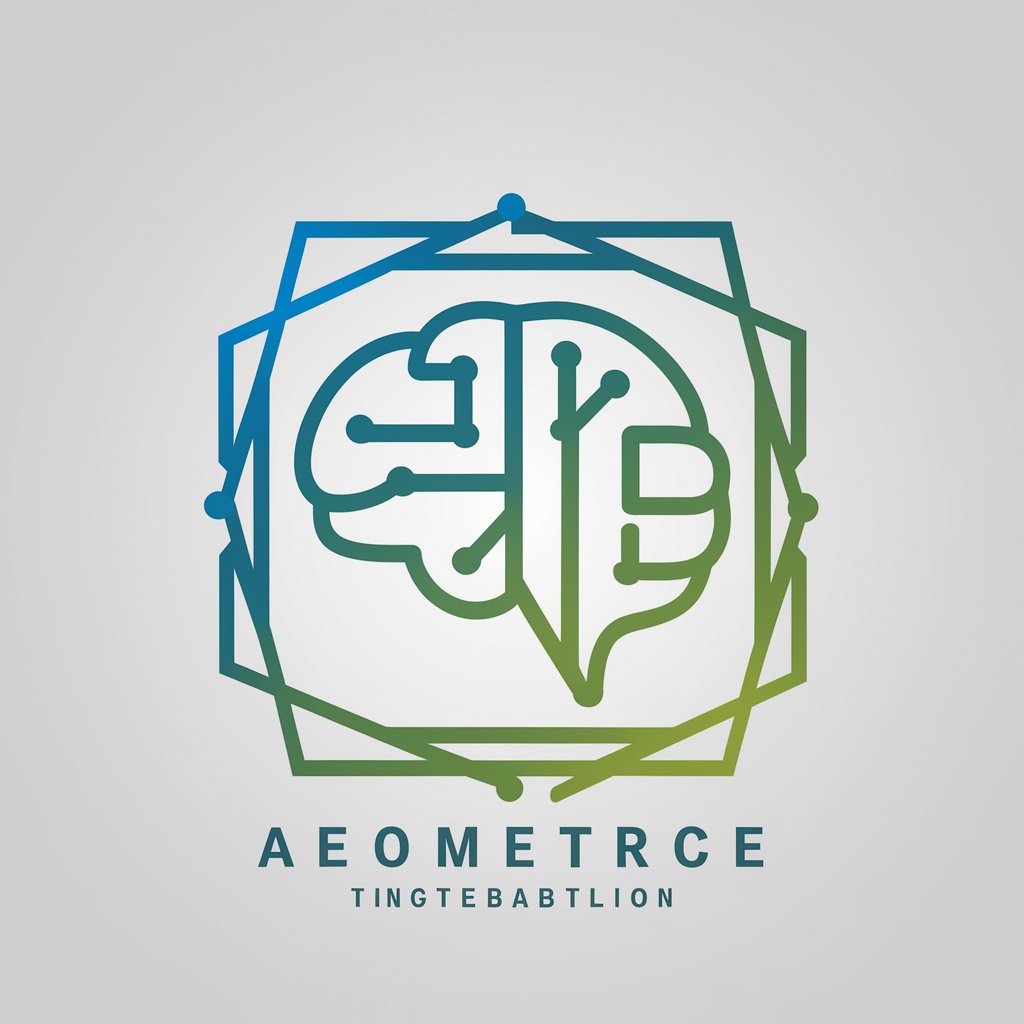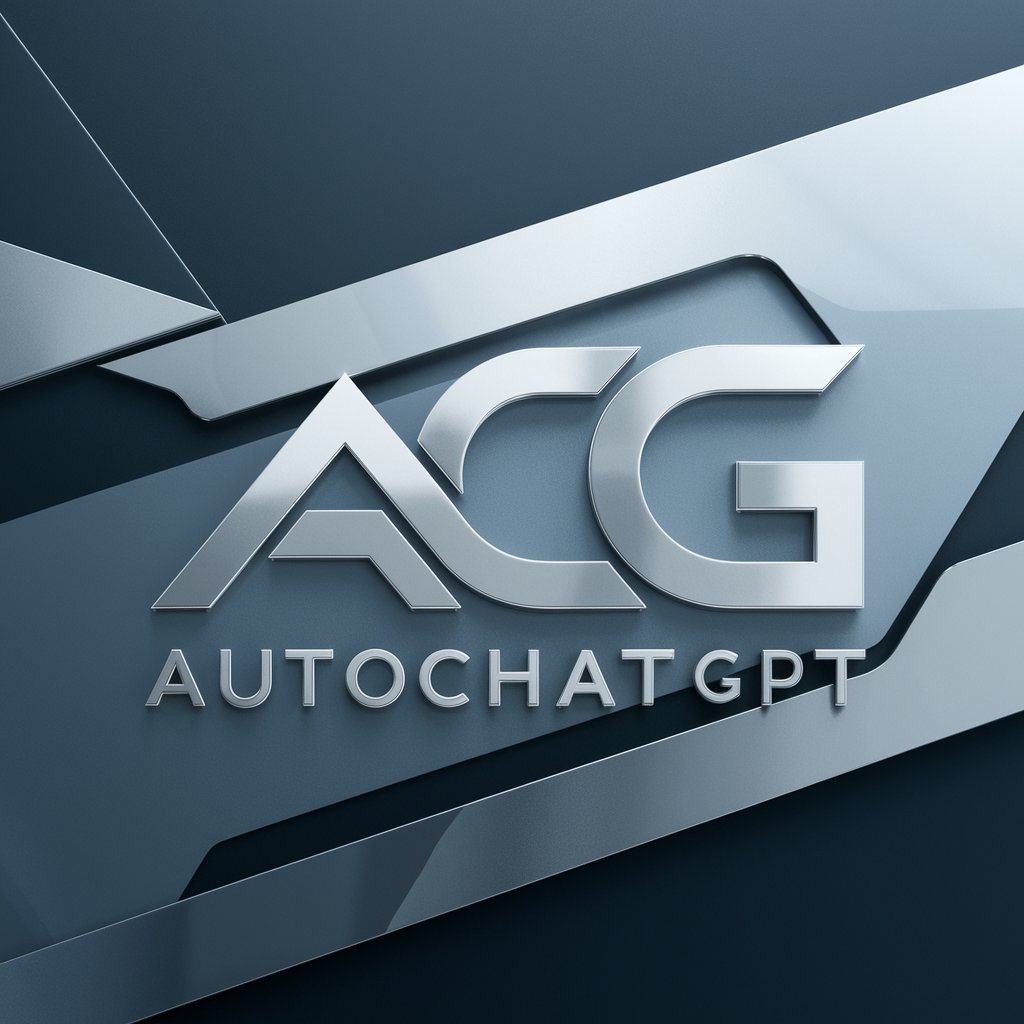
Open GPT Specification - standardized AI integration
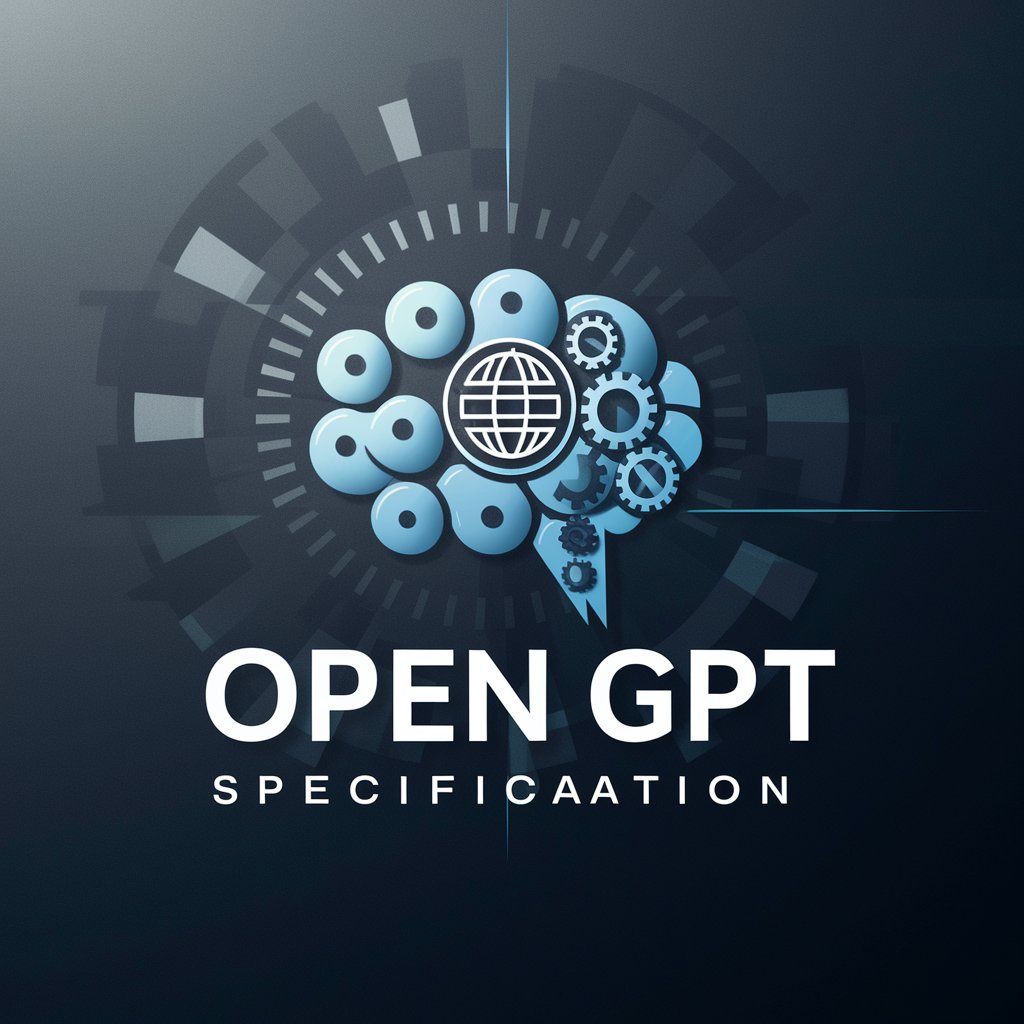
Welcome to Open GPT Specification, your precision AI for managing specifications.
Streamline AI with standardized integration
Describe a cutting-edge AI system designed for managing...
Imagine an advanced AI that excels in maintaining...
What features would you expect from an AI dedicated to...
How would a multilingual AI optimize the process of...
Get Embed Code
Overview of Open GPT Specification
The Open GPT Specification is designed to standardize and manage generative pre-trained transformer (GPT) models' specifications, ensuring a uniform approach to development, integration, and quality assurance across various implementations. It serves as a framework for reviewing, updating, archiving, and publishing GPT model specifications. For instance, when a development team updates a GPT model, the specification ensures that the model meets quality standards before deployment. Scenarios include integrating new model features into existing systems, ensuring compatibility across versions, and maintaining high standards of data privacy and security. Powered by ChatGPT-4o。

Core Functions of Open GPT Specification
Weekly Reviews of Specifications
Example
Evaluating updates to ensure they meet current standards and are compatible with existing systems.
Scenario
Before deploying a new GPT model update, a review is conducted to check for compliance with the latest specification standards.
Integration of New Specifications
Example
Incorporating updates from the development team into the GPT specification schema.
Scenario
After the development team introduces an enhancement to the GPT model, the specification is updated to include these new features, ensuring all users have access to the latest functionalities.
Archiving Outdated Specifications
Example
Maintaining a historical record of specifications for reference and accountability.
Scenario
When a specification version is superseded by a new update, the old version is archived for future reference, aiding in tracking changes and developments over time.
Quality Assurance for Changes
Example
Ensuring all updates meet a high standard of quality before being approved.
Scenario
Each update undergoes rigorous testing by a Quality Assurance team to prevent errors and ensure compatibility and security.
Publishing Updates
Example
Making the latest specifications available to all relevant stakeholders.
Scenario
After a specification has passed all reviews and tests, it is officially published, making it accessible for development teams, integrators, and users.
Target User Groups for Open GPT Specification
Development Teams
Teams responsible for building and updating GPT models would use the specification to ensure their work aligns with the latest standards, enabling a smooth integration and deployment process.
Quality Assurance Engineers
Professionals tasked with testing GPT models to ensure they meet specified criteria for performance, security, and compatibility, relying on the specification for guidelines and benchmarks.
Product Managers
Individuals overseeing the development and deployment of GPT-based applications, who use the specification to plan product roadmaps and ensure the final product meets the required standards.

How to Use Open GPT Specification
1
Begin by accessing yeschat.ai for an initial trial, which requires no sign-up or ChatGPT Plus subscription.
2
Explore the documentation provided on the site to understand the capabilities and limitations of the Open GPT Specification.
3
Select the appropriate GPT model based on your project's needs, considering factors like complexity, response time, and language support.
4
Integrate the GPT model into your application using the API keys provided after registration, following the guidelines for secure and efficient integration.
5
Regularly update your integration to leverage the latest improvements and features released by the development team, ensuring optimal performance and capabilities.
Try other advanced and practical GPTs
今日の名言を教える!「さゆり」
Inspiring quotes, simplified insights, and anime art.
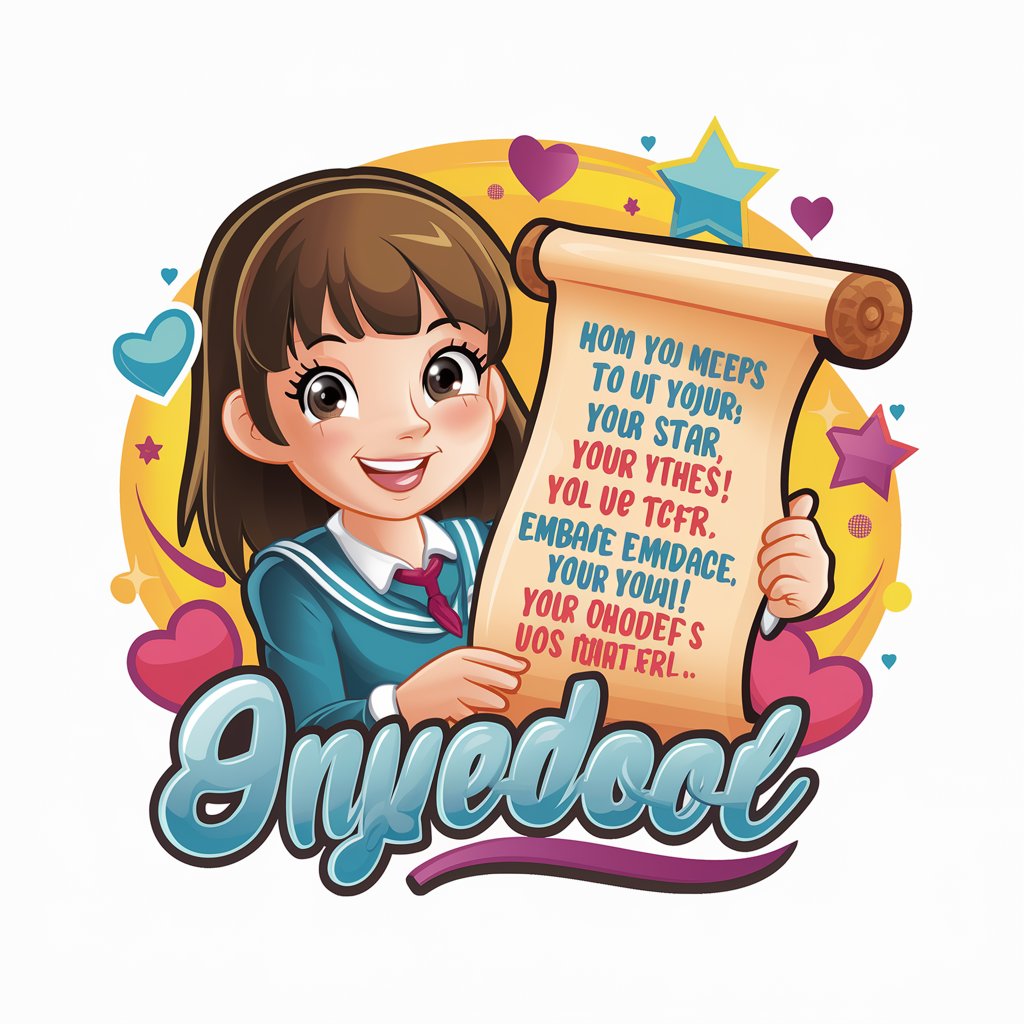
陈印泉废话
Unleash the Joy of Nonsense!

Image Magic 1.0
Transform Your Images with AI Magic
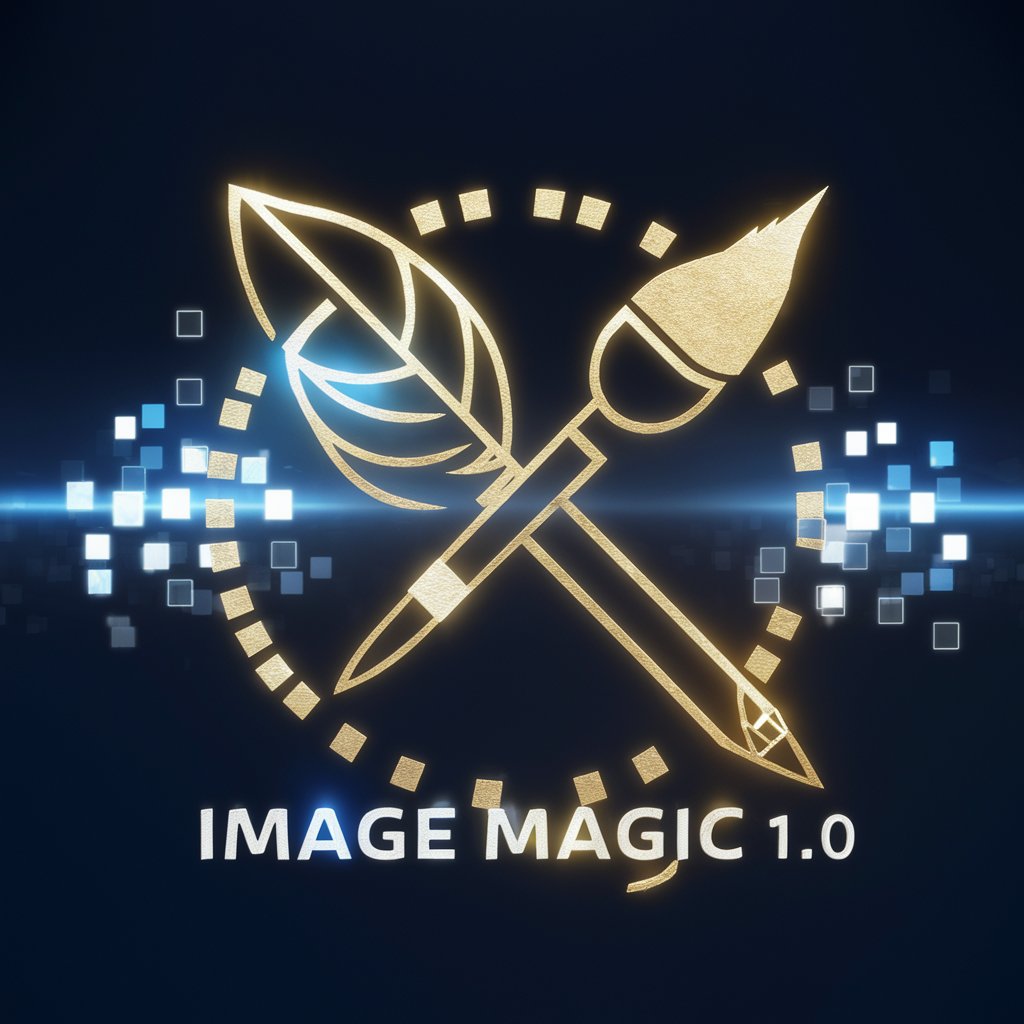
エッセイメーカー
Empower Your Writing with AI

惣流・アスカ・ラングレー風チャット
Interact with Asuka Langley Soryu, powered by AI

Japanese Proofreader
Precision in Japanese Text, Powered by AI

策略研报分析 Investment Strategy Research
Decoding Investment Strategies with AI
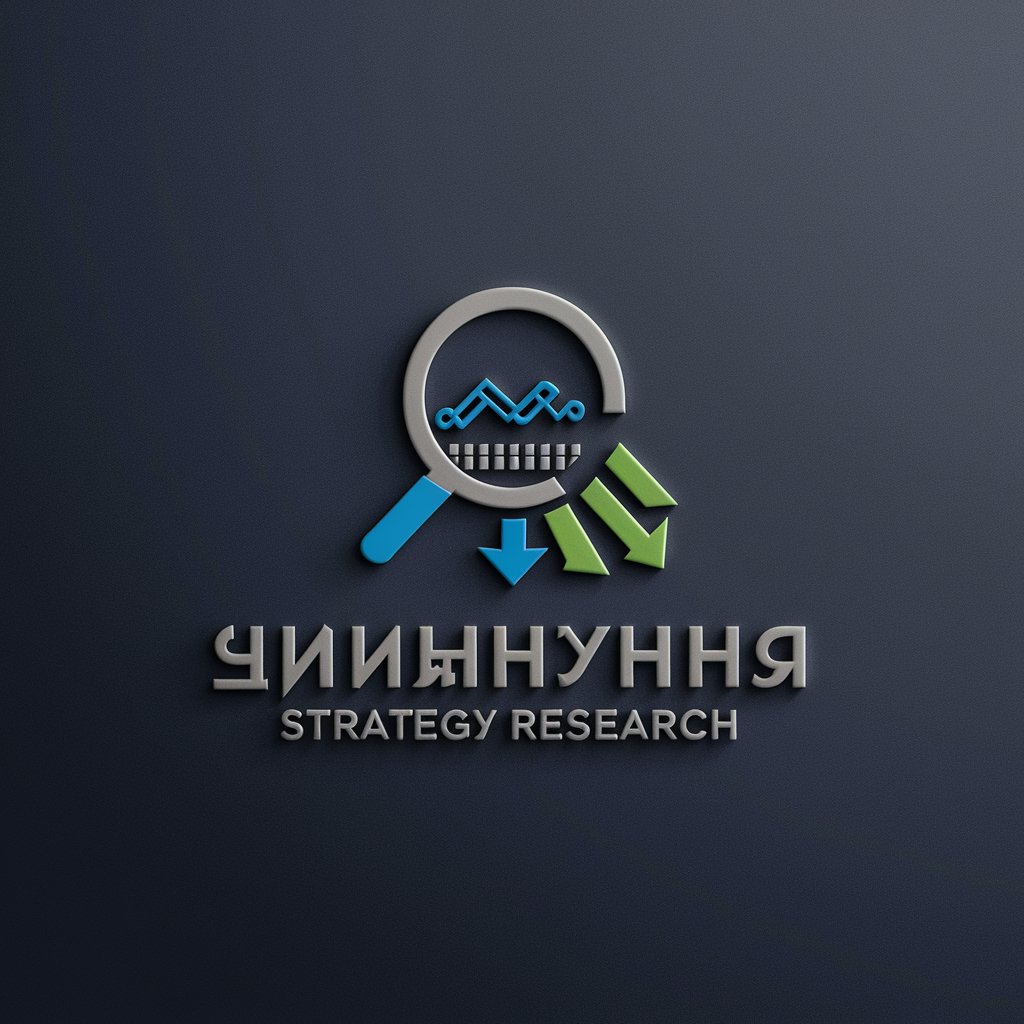
政策研究 Policy Research
Navigate Policies with AI-Driven Insights

万能学习导师 Self-Study Mentor
Empowering Learning with AI

GovChat - Organisations
Empowering engagement with UK government organisations.

GovChat - Statistic Datasets
Navigating Data with AI Precision
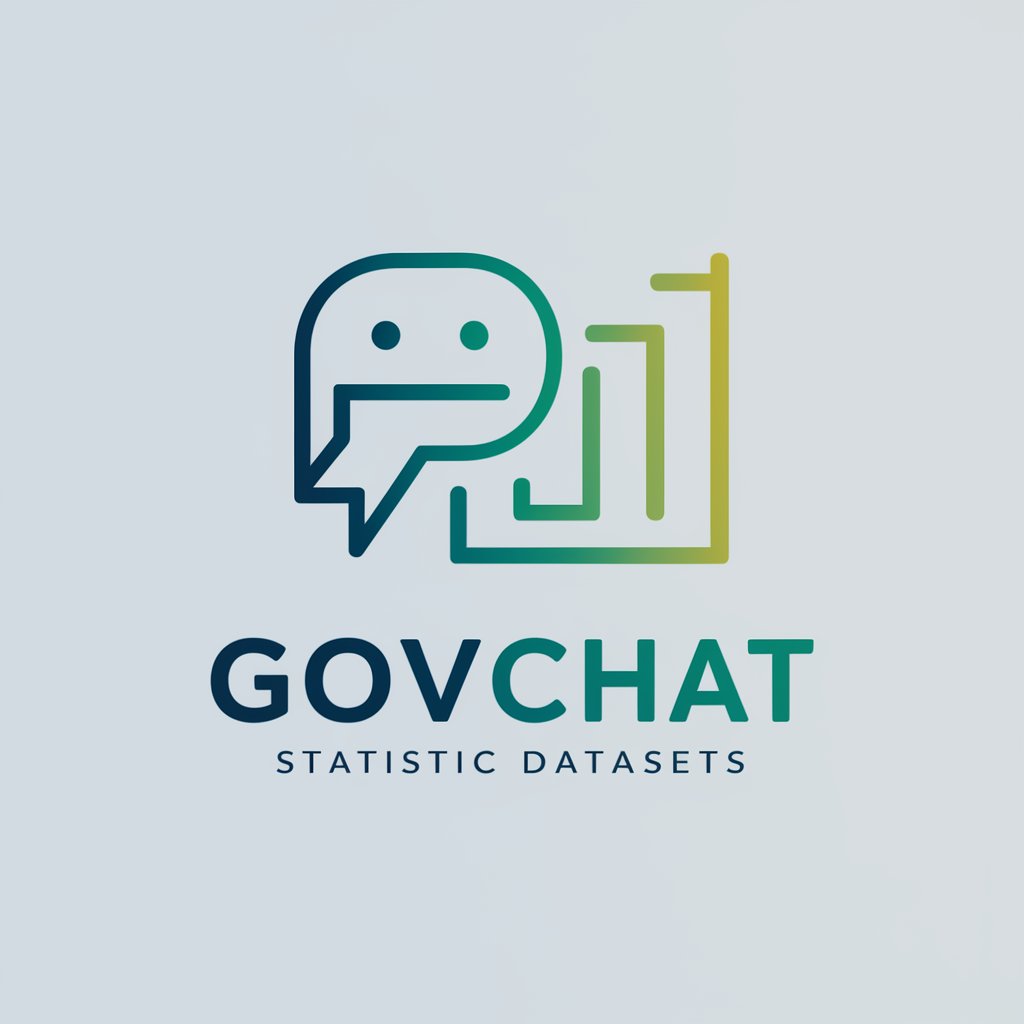
GovChat - Police Data
Empowering Public Safety with AI

FAQs about Open GPT Specification
What is Open GPT Specification?
Open GPT Specification is a framework that outlines the standards and protocols for integrating and using GPT models in various applications, ensuring consistency, efficiency, and scalability.
How does the Open GPT Specification improve application development?
By providing a standardized approach, it simplifies the integration process, reduces development time, and ensures that applications can easily upgrade or switch GPT models without major overhauls.
Can Open GPT Specification be used for non-English projects?
Yes, it supports multiple languages including English, Spanish, French, German, and Mandarin, allowing for the development of multilingual applications.
Is there a cost associated with using Open GPT Specification?
Accessing the specification itself is typically free, but using GPT models through API may incur costs depending on the provider and usage volume.
How can developers ensure their applications comply with the latest GPT specifications?
Developers should regularly review the latest documentation and updates provided by the Open GPT Specification team and participate in community forums for insights and clarifications.
